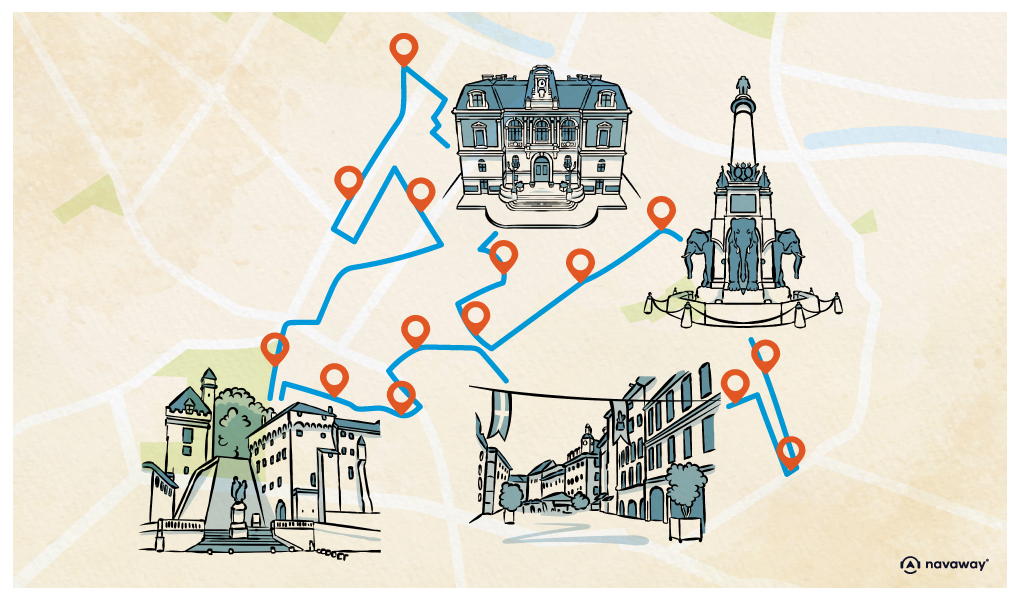
Carré Curial
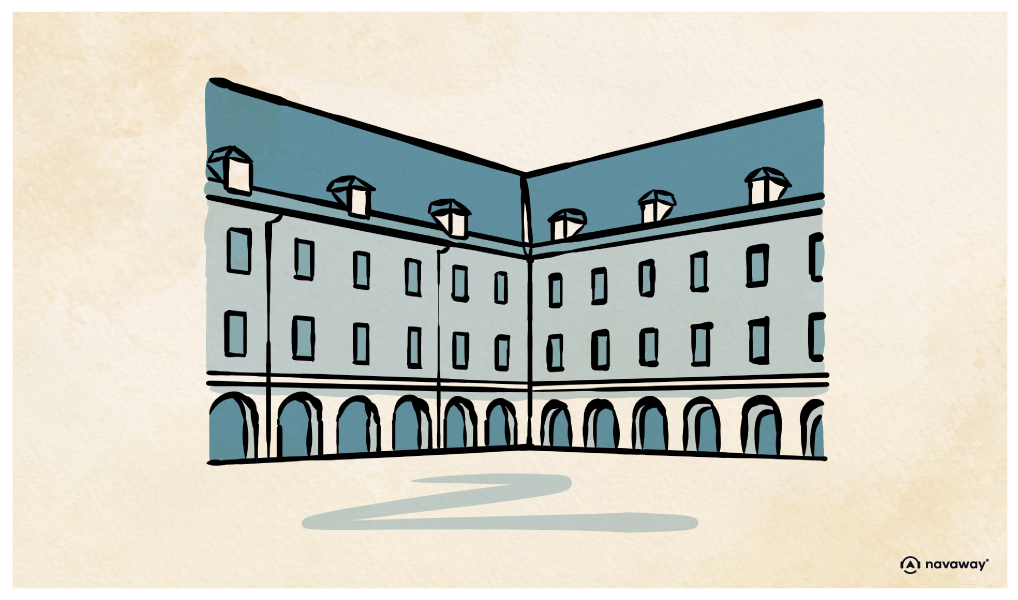
This point of interest is available as audio on the tour: Visit Chambéry, The historic capital of Savoy
You are now standing at the heart of the Carré Curial, located at the back of the Jean-Jacques Rousseau Media Library. It has been named in honor of the famous Franco-Swiss philosopher, poet, and musician, who settled in Chambéry with Madame de Warens. He referred to this time as ‘The short happiness of his life.’ You can visit his house, “Les Charmettes”, in the hills of Chambéry. The library is integrated into what is known as the “Carré Curial”, former military barracks rehabilitated into a cultural center in 1986. Through this square, you can also access the “Espace Malraux”, Chambéry’s national stage, which offers a rich and varied artistic program. The presence of such significant Napoleonic barracks testifies to the strategic role of Chambéry. From the Middle Ages to the end of the 18th century, things didn’t change much. Chambéry was restricted by its walls while the Sardinian administration to which it was subordinated at that time, resided in its castle.
During the French Revolution, Savoy closely followed the ideas emerging in Paris as the state of their economy was similar. François Amédée Doppet, a deputy of the neighboring county of “Isère” and a native of Chambéry, advocated for the annexation of Savoy to France. He creates the Legion of the Allobroges, of which he is appointed lieutenant colonel. On the night of September 21-22, 1792, the Army of the Alps invades Savoy, turning it into the department of “Mont-Blanc”. The city became strategic to military, as it was the only access point to Geneva and Italy. Hence the need for barracks to accommodate all the soldiers. Turned into national property, the site of the former Ursulines convent, was used to build the barracks in 1805. They housed 700 soldiers in 48-bed dormitories. The barracks had the specificity of being closed in on themselves with just the one fenced access door. In addition, the whole area was surrounded by a large protective wall. This design highlights the architects’ mistrust towards the recently integrated Savoyards into the French Kingdom. In 1815, after Napoleon’s defeat in Waterloo, the Duchy of Savoy is returned to its original princes. However, after 23 years of revolutionary and Napoleonic occupation, the inhabitants feel distant from the motherland and foreign within its Italian-speaking dynasty. It isn’t until the Italian unification that Savoy will change sides again; traded off to Napoleon III in exchange for his assistance. The barracks come into the hands of the French army. It is one of the few preserved Napoleonic barracks in France. The military presence here will last until 1975, after which the barracks will be handed over to the city, and renovated by it. Since then, it is named in honor of Count Curial, a Savoyard general of the revolutionary army.”


Discover Chambéry with app
An interactive guide through the most beautiful streets, squares, and districts
23 fun audioguides full of historical facts, anecdotes, and legends
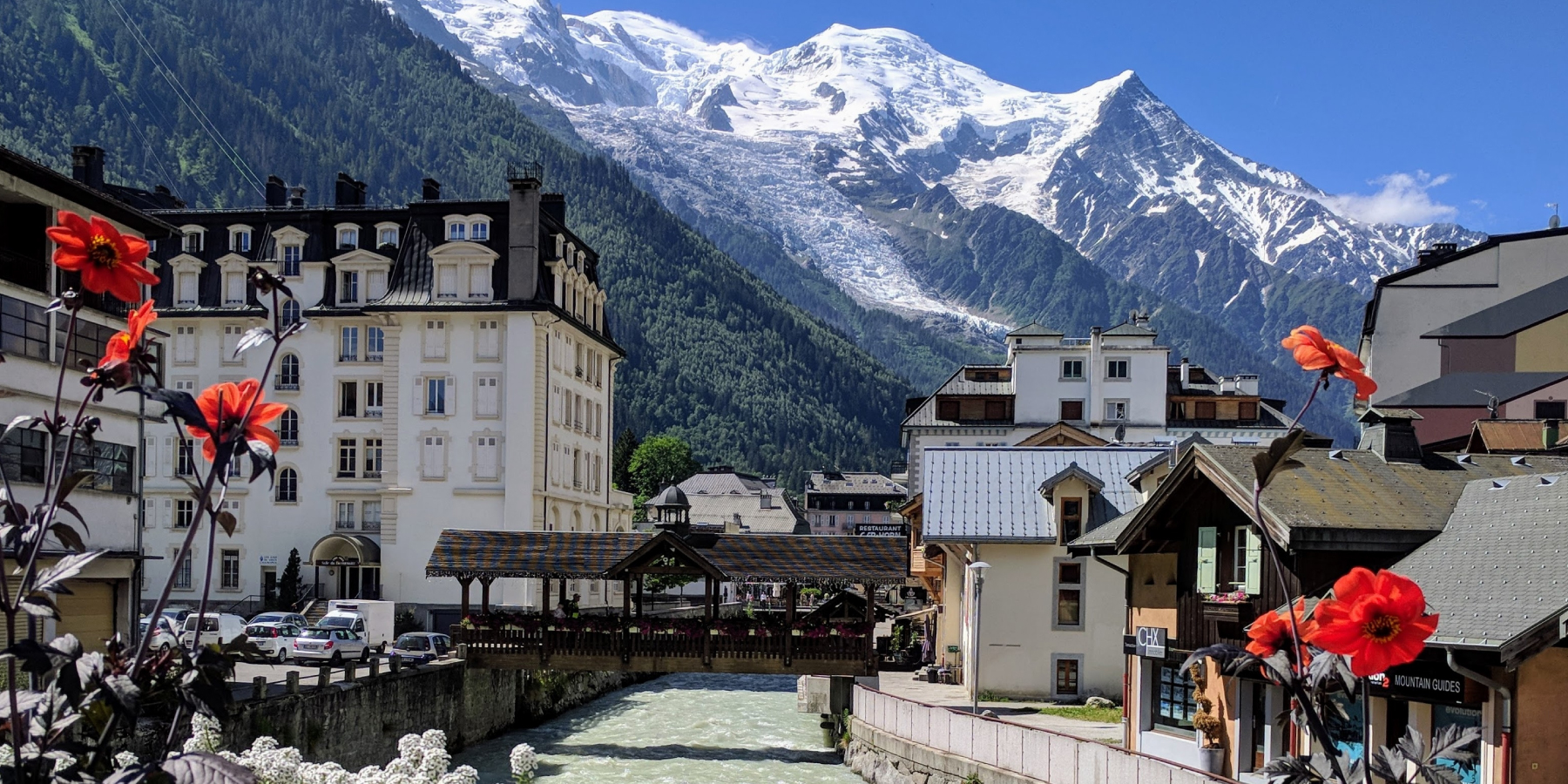
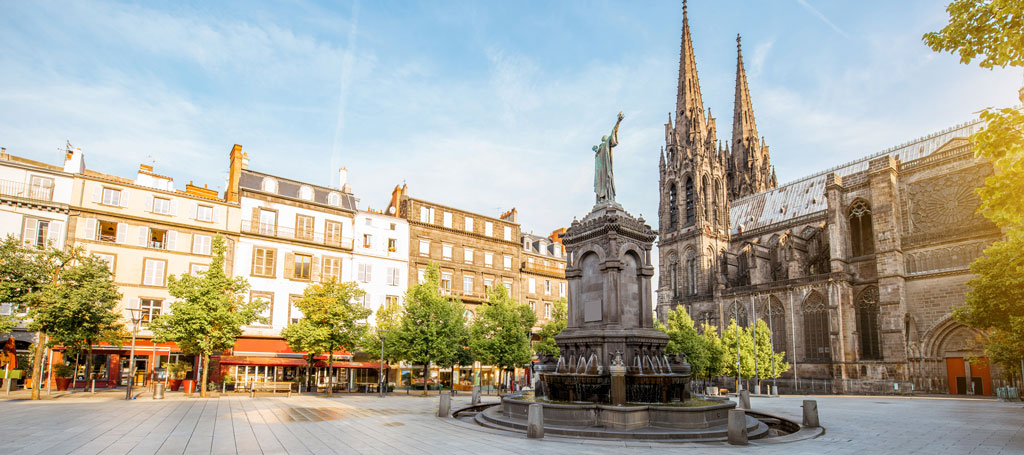
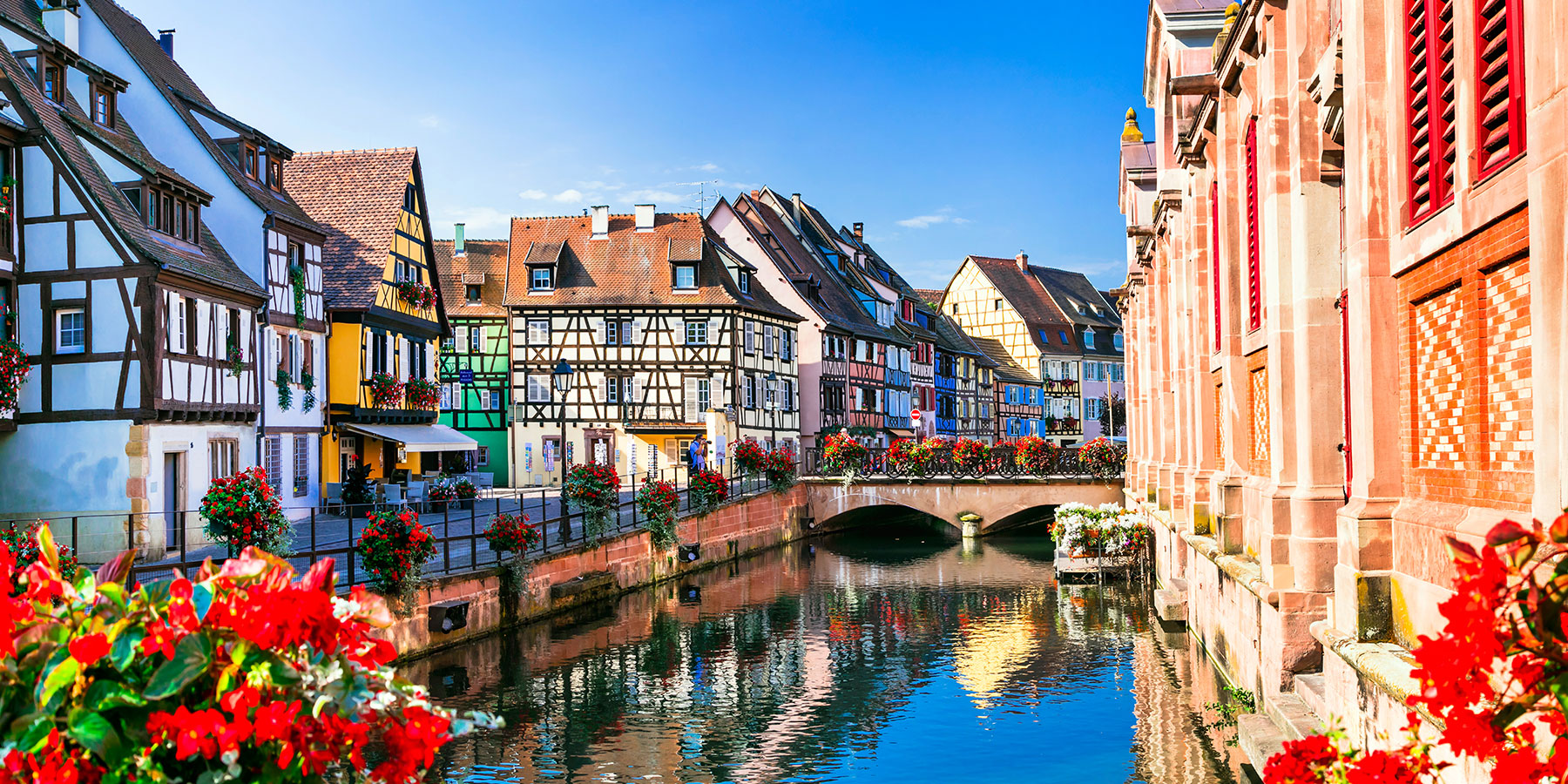


Comments